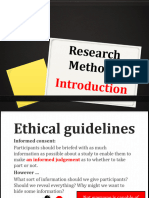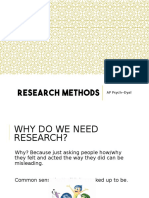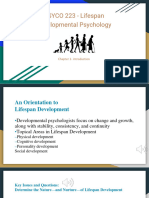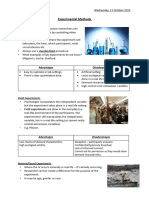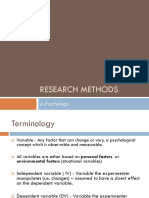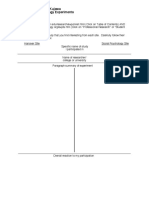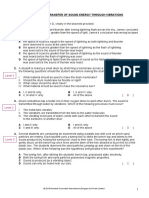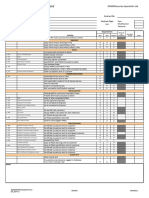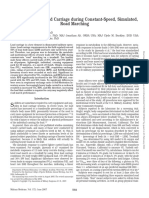0% found this document useful (0 votes)
51 views14 pagesField Experiment
The document discusses various studies on human behavior in real-world settings, emphasizing the importance of field experiments and studies in understanding social influences and attitudes. It highlights key findings from Neal Miller's research on instrumental conditioning, Winter et al.'s study on personal style in educational institutions, and Newcomb's Bennington College study on political attitudes. The document also outlines the strengths and weaknesses of field studies versus field experiments, concluding that while field experiments provide valuable insights into real-life behavior, they face challenges like ethical concerns and reduced control over variables.
Uploaded by
tomcymprinceCopyright
© © All Rights Reserved
We take content rights seriously. If you suspect this is your content, claim it here.
Available Formats
Download as PDF, TXT or read online on Scribd
0% found this document useful (0 votes)
51 views14 pagesField Experiment
The document discusses various studies on human behavior in real-world settings, emphasizing the importance of field experiments and studies in understanding social influences and attitudes. It highlights key findings from Neal Miller's research on instrumental conditioning, Winter et al.'s study on personal style in educational institutions, and Newcomb's Bennington College study on political attitudes. The document also outlines the strengths and weaknesses of field studies versus field experiments, concluding that while field experiments provide valuable insights into real-life behavior, they face challenges like ethical concerns and reduced control over variables.
Uploaded by
tomcymprinceCopyright
© © All Rights Reserved
We take content rights seriously. If you suspect this is your content, claim it here.
Available Formats
Download as PDF, TXT or read online on Scribd
/ 14


